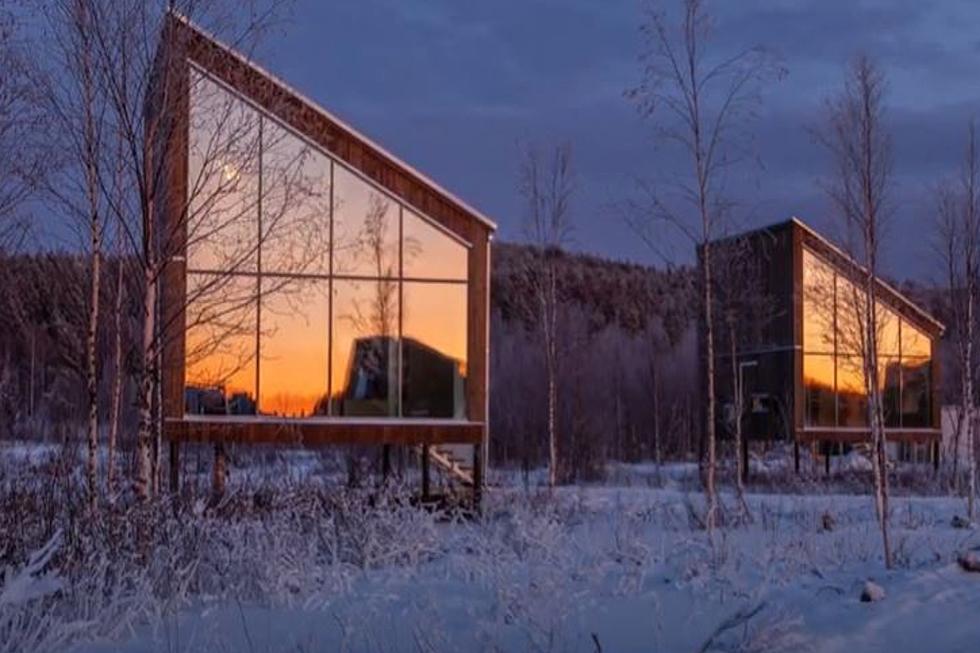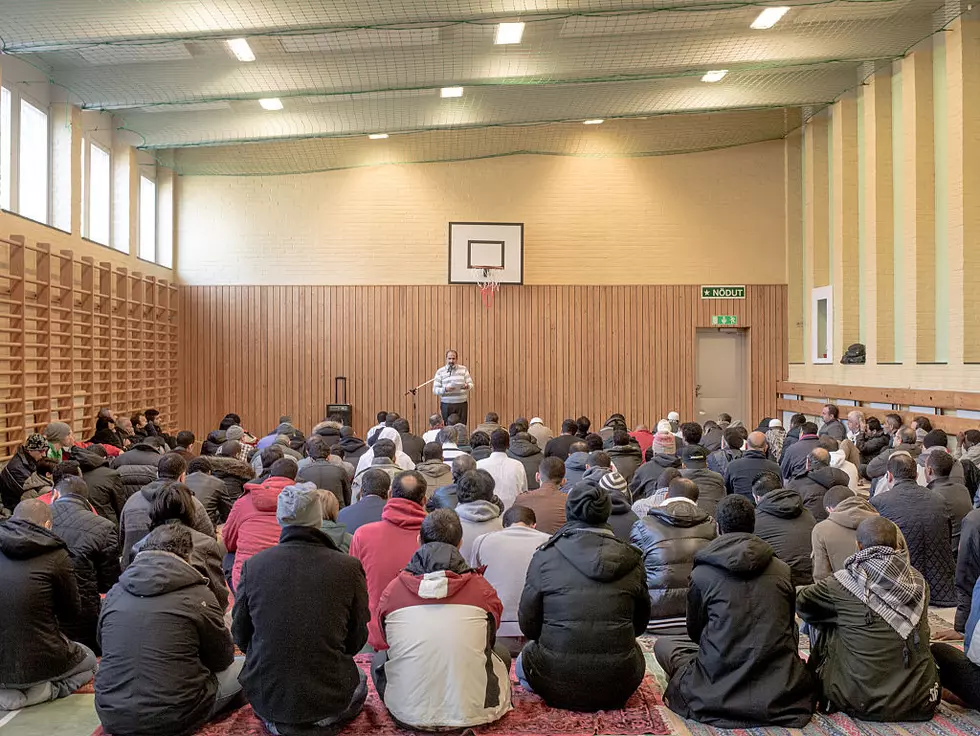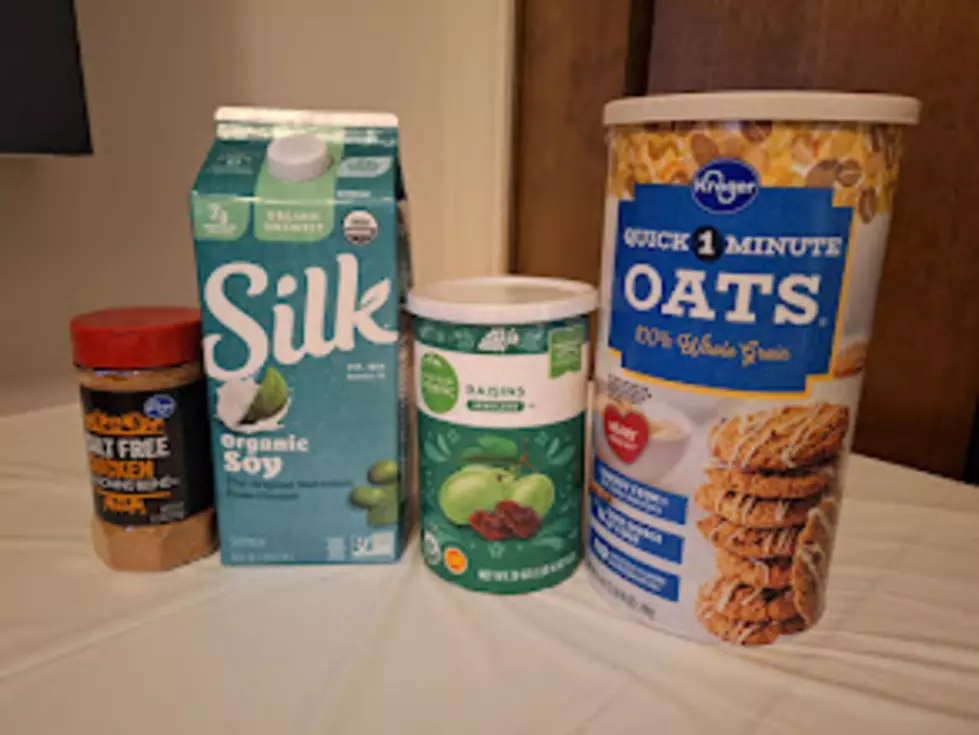Does Idaho Have Any White Moose?
From what I’ve read, there may be no more than a couple of hundred white moose on the planet. Some estimates place the number even much lower. The videos you’re looking at are from Sweden, where one of the animals was spotted taking a dip in a marsh. I also came across this story out of Canada, where a white moose was illegally harvested.
If you believe in natural selection, then albinos, or white moose would occur more often the more you travel north. For at least a portion of the year, they would blend in well with snowy surroundings. Last week, I saw a story about some people in Alberta coming across a white porcupine. In winter, its color could offer some additional protection against predators (though the quills certainly help as well).
I’ve rarely seen albino animals of any kind, aside from some rats that people kept as pets. For many of these animals, there is little protection against some of the harmful aspects of sunlight, which would again suggest their chances of survival are going to be higher in Scandinavia and Canada, where sunlight is sometimes limited.
Many years ago, when I worked in television news, I did a story about some albino deer that thrived at an old naval base. They had been isolated behind a fence for decades and protected from hunters and most predators. The gene became much more prevalent than in the wild, where it wouldn’t necessarily be beneficial. Not during periods when there’s no snow on the ground.
LOOK: Stunning animal photos from around the world
More From News Radio 1310 KLIX









